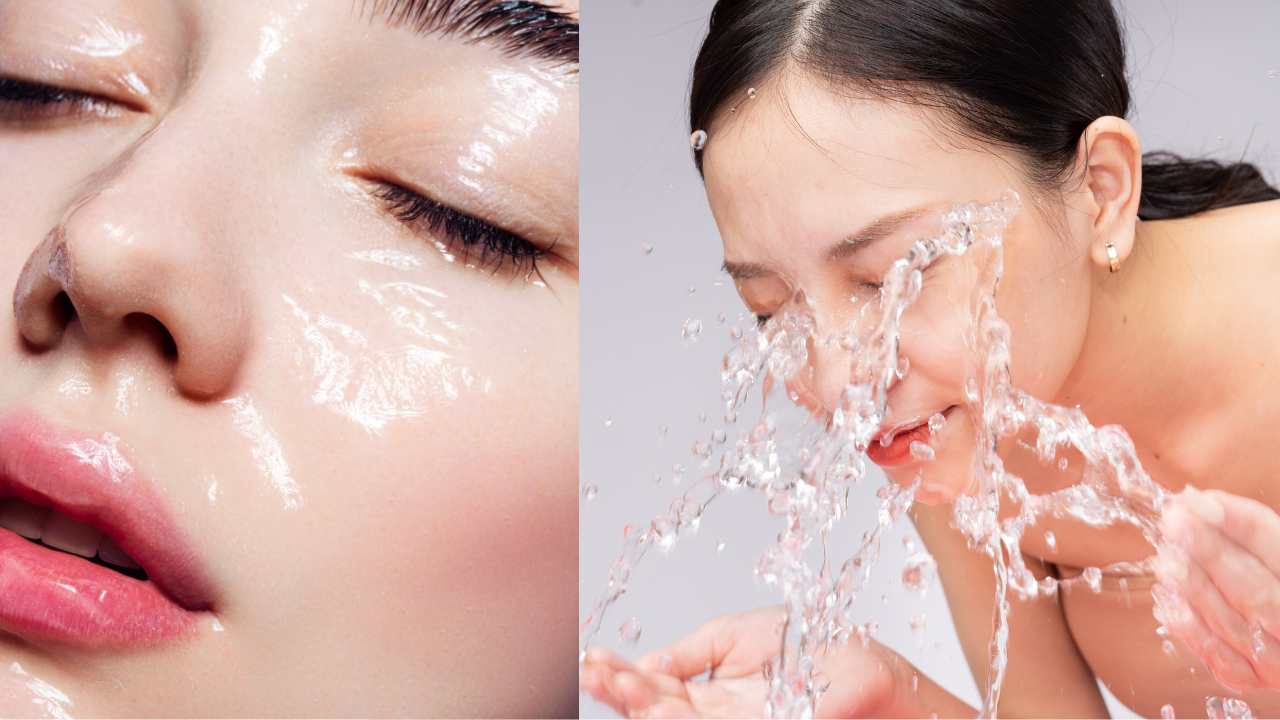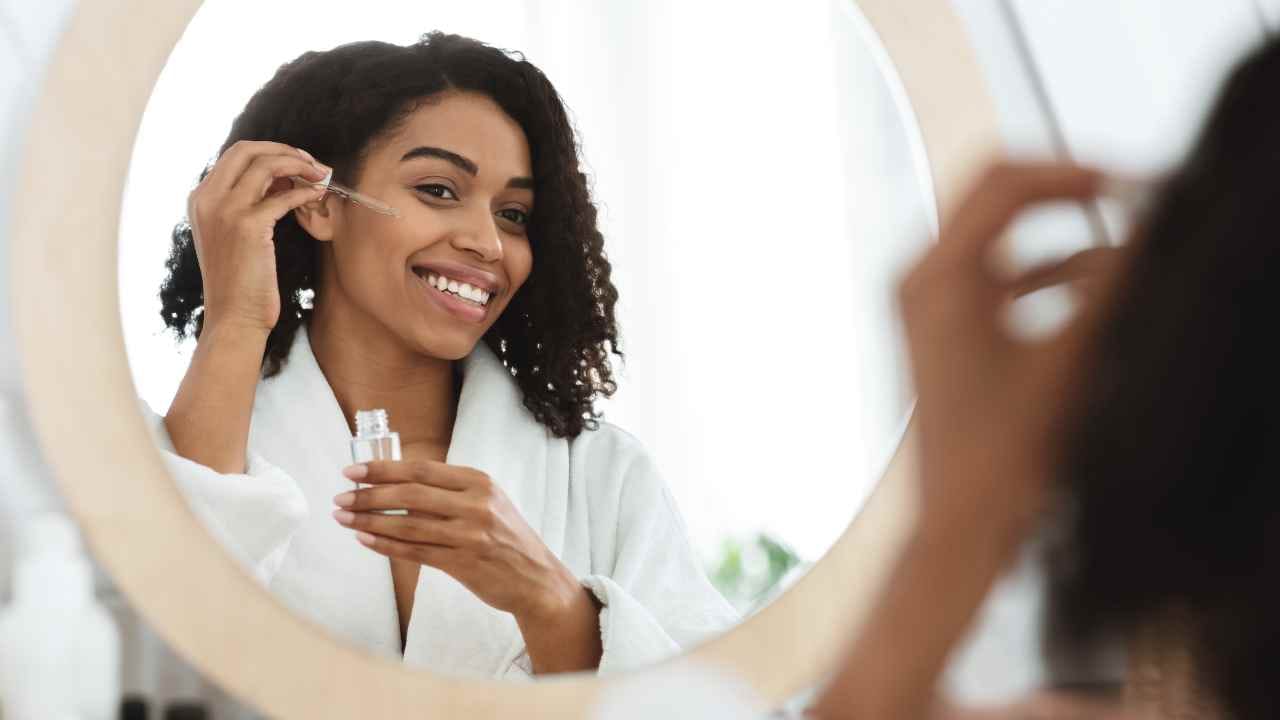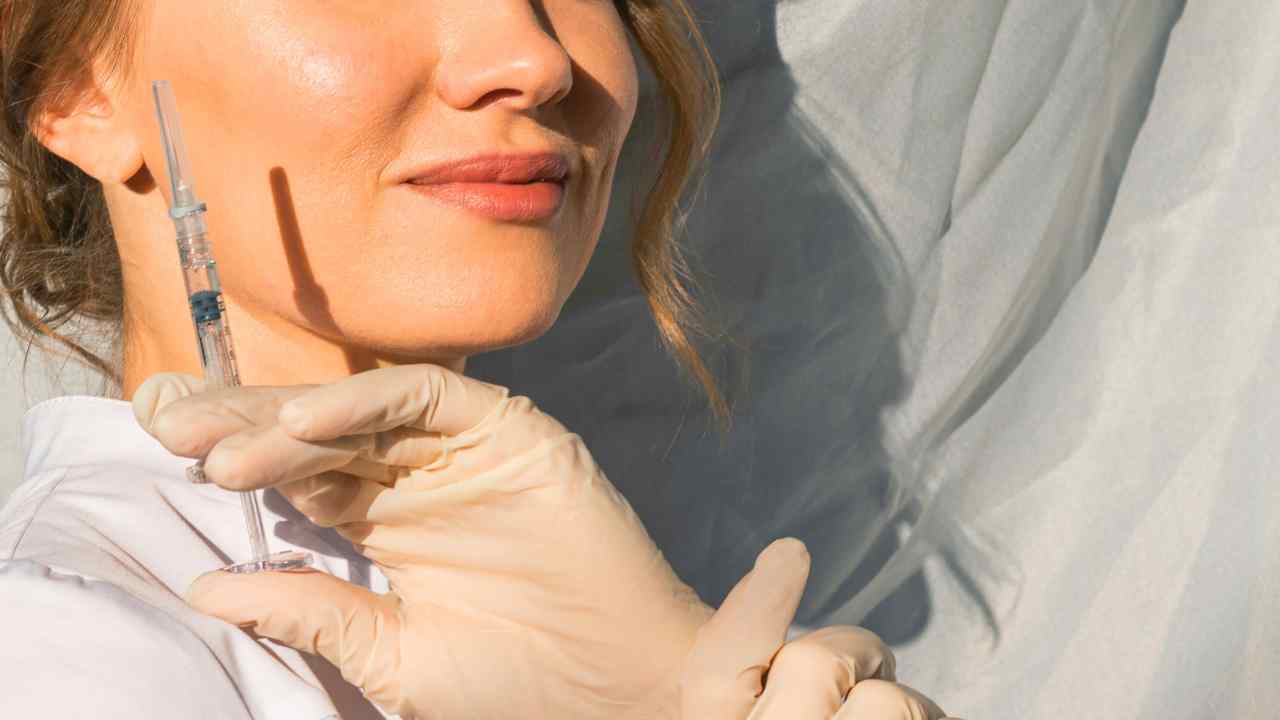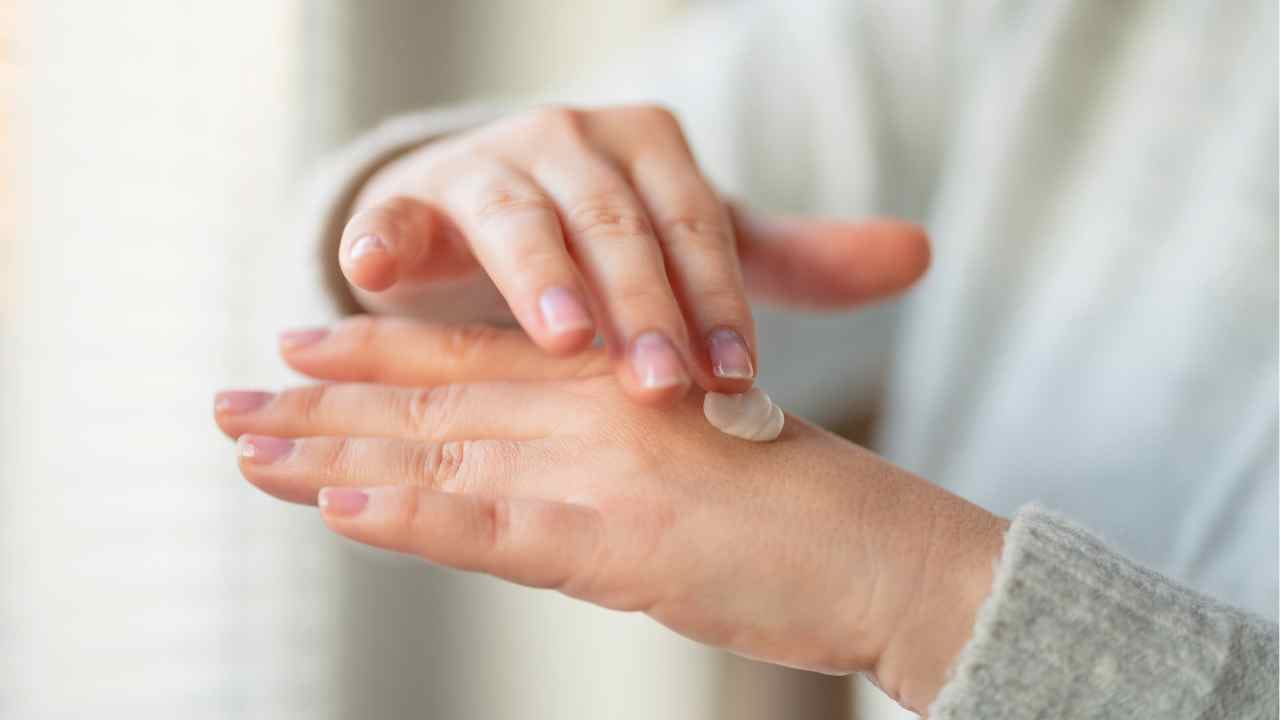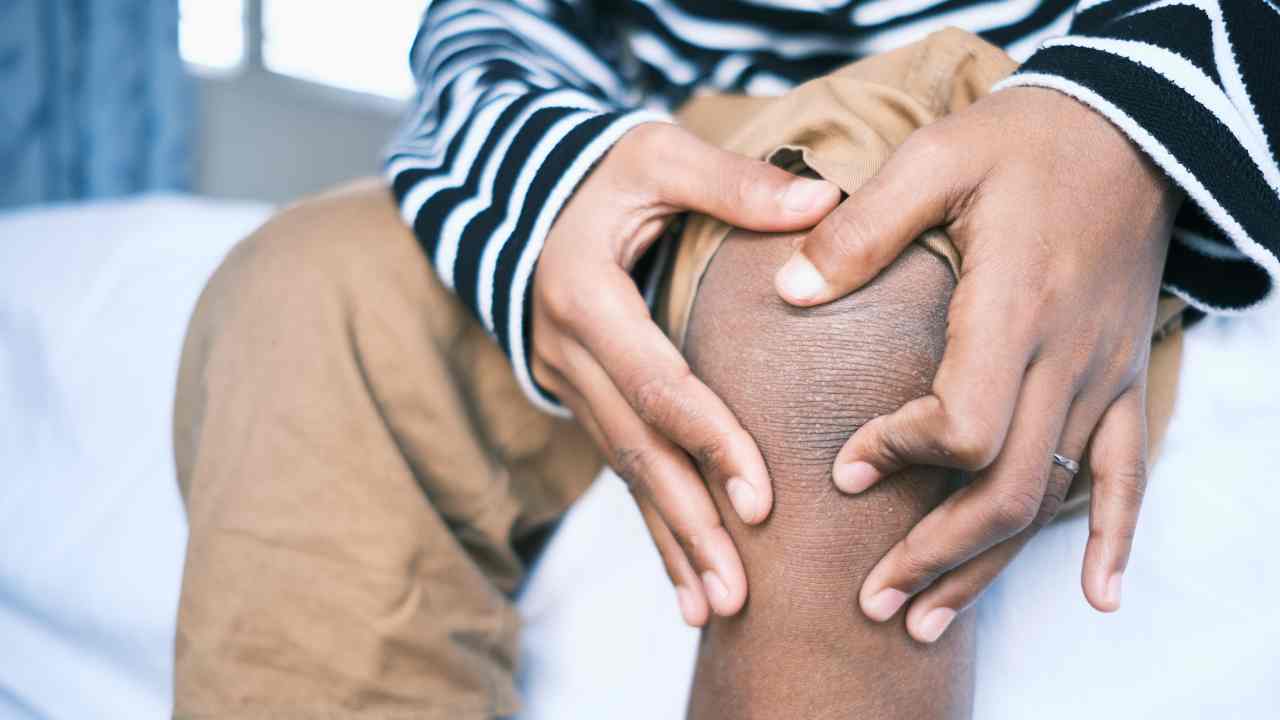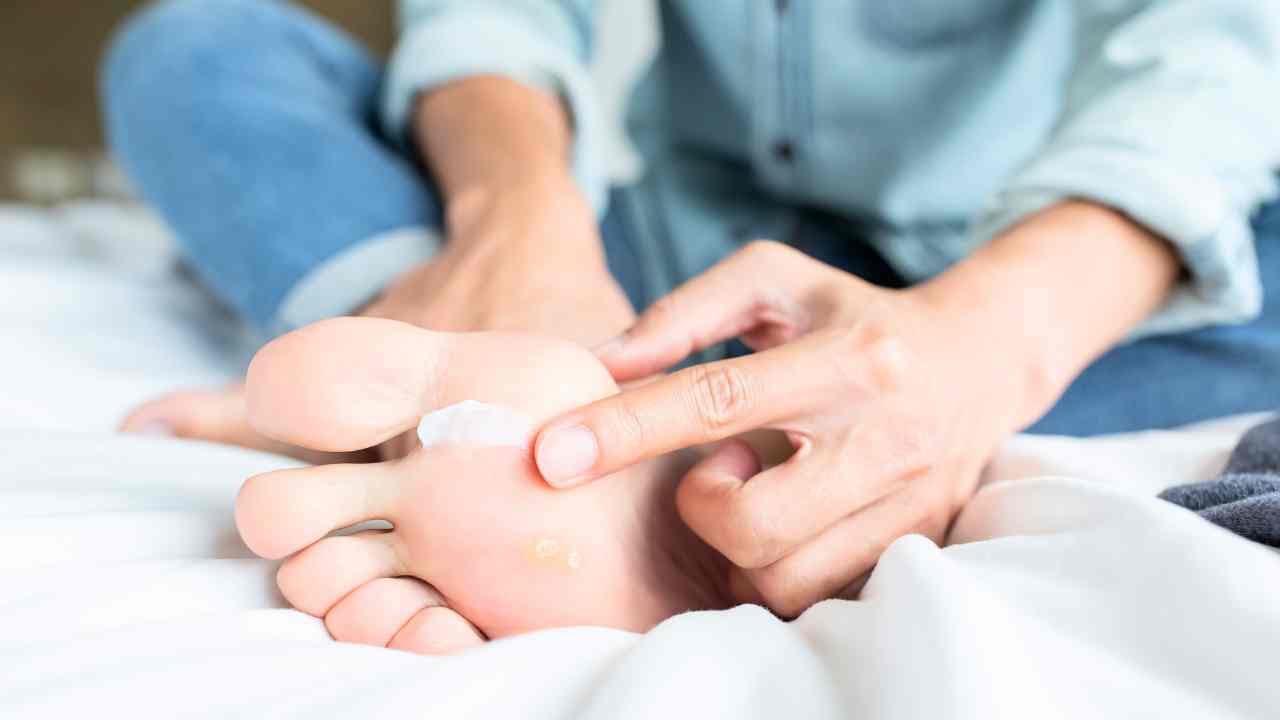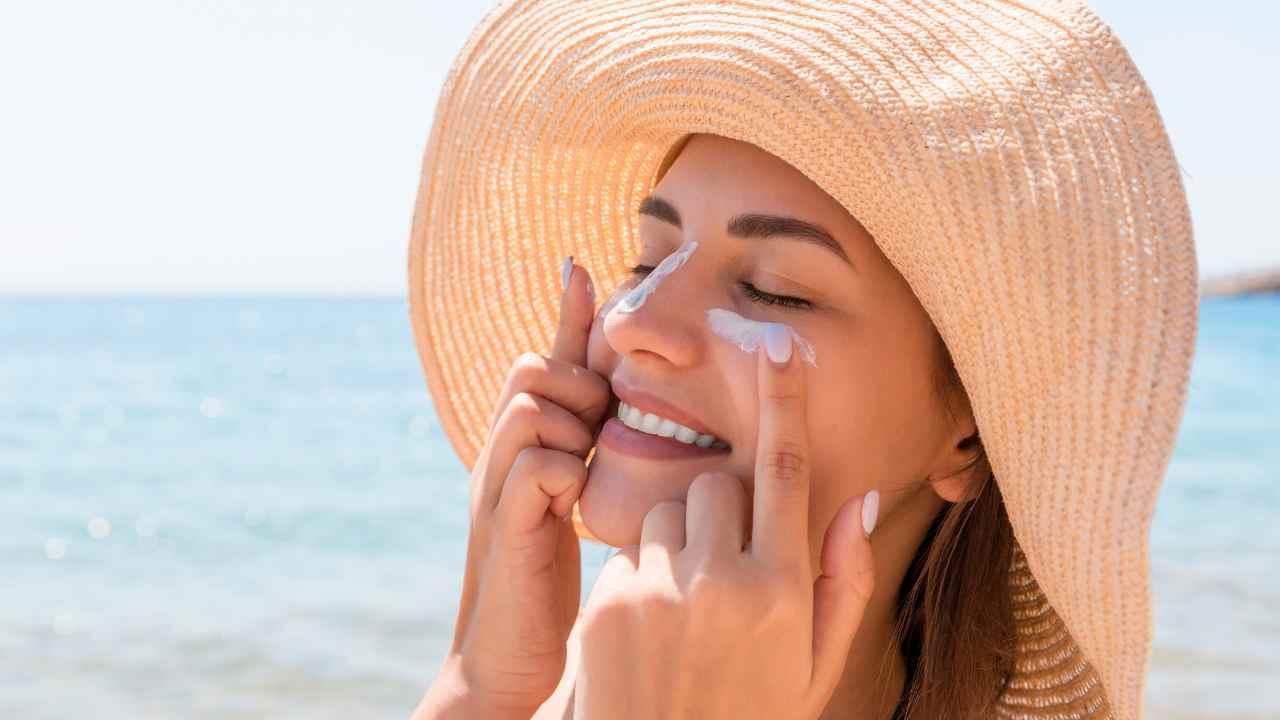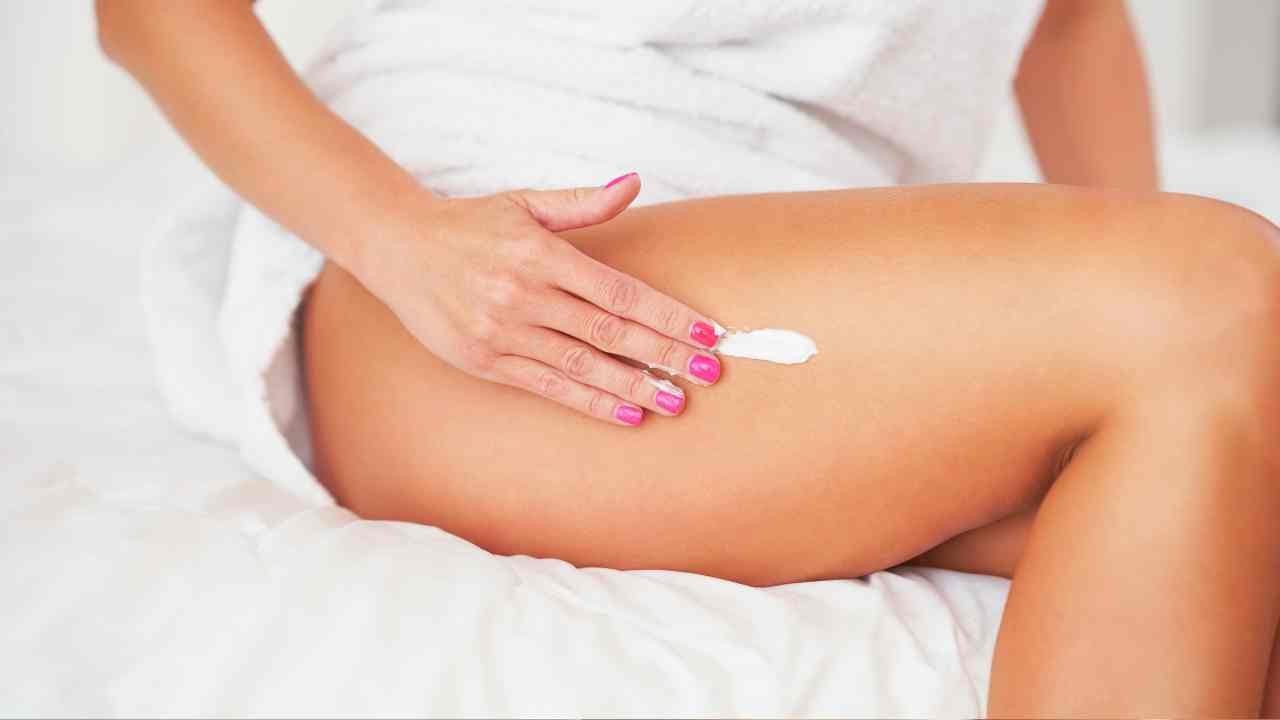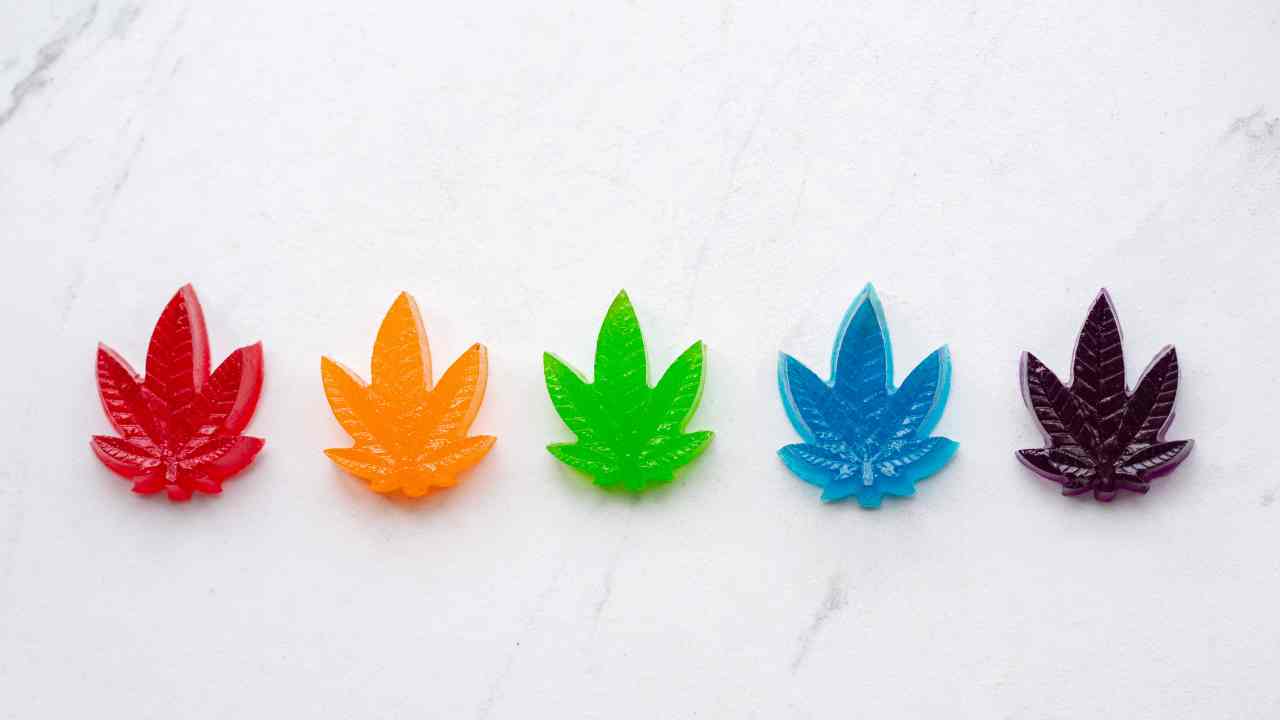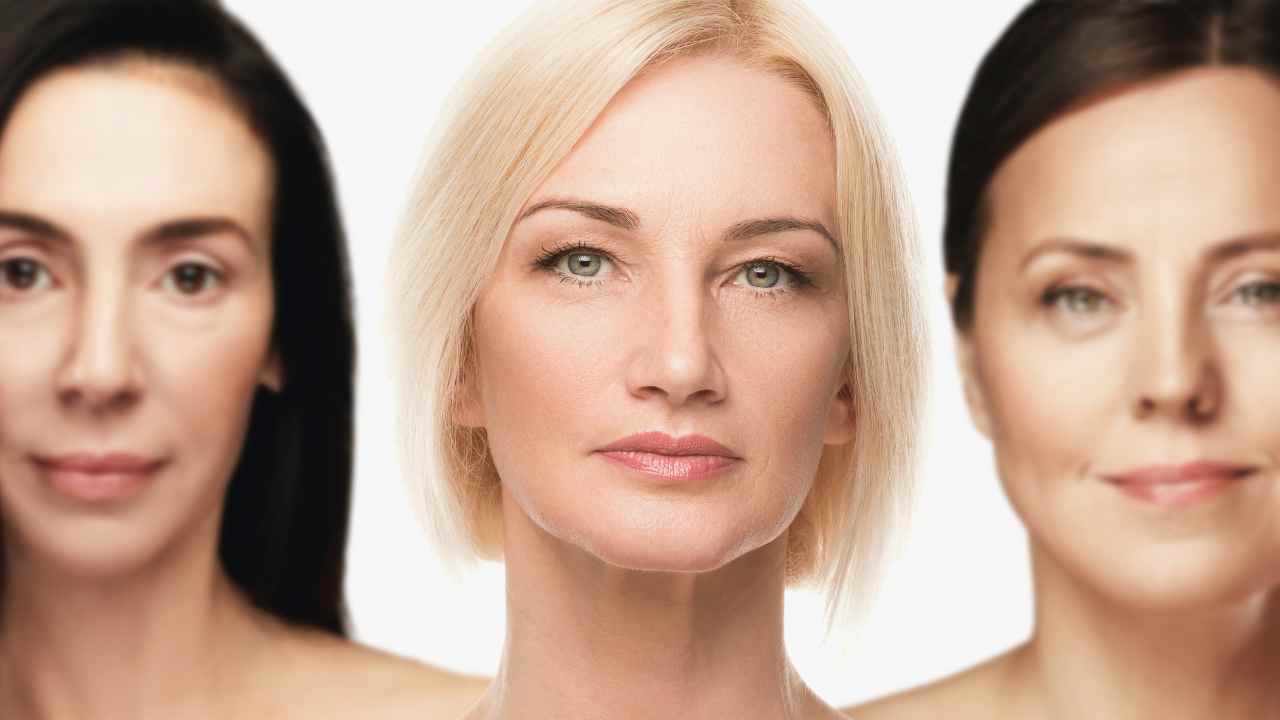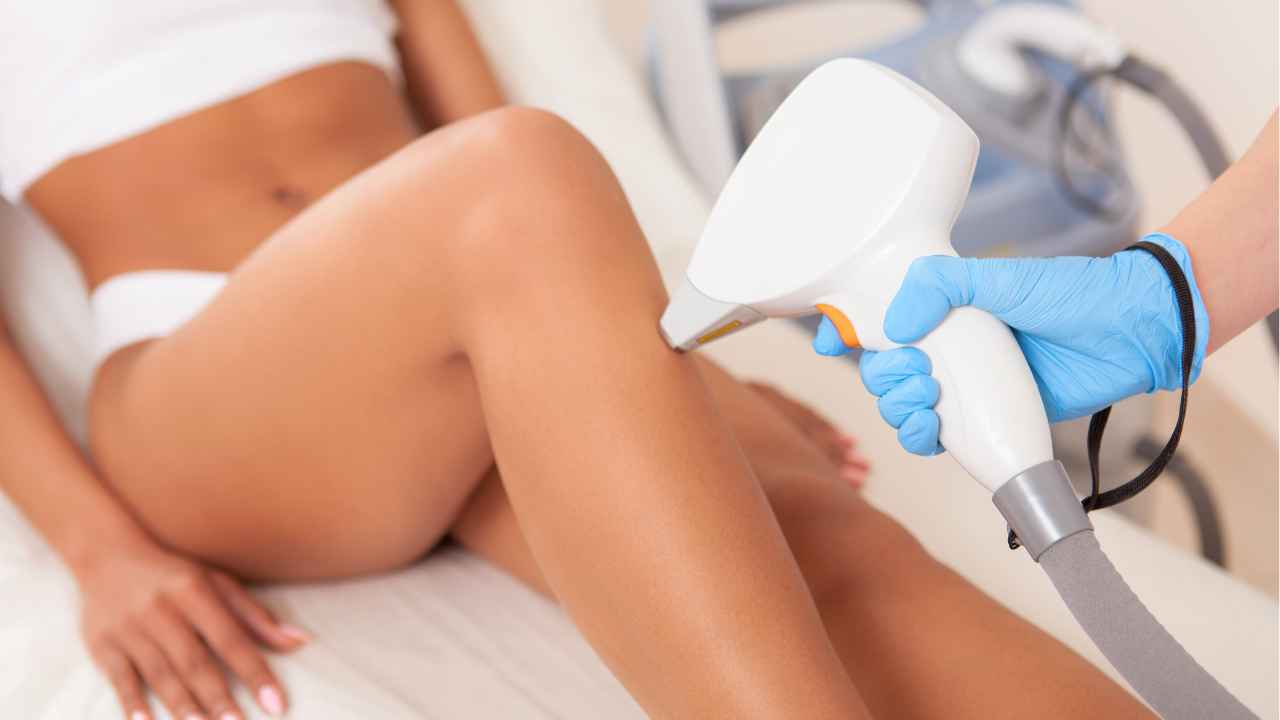
Bump Beauty: How to Avoid Stretch Marks During Pregnancy
Pregnancy is a beautiful time in a woman's life. It is a moment when the body undergoes tremendous changes to accommodate the growing baby.
However, along with these changes come certain side effects, one of which is stretch marks. These unsightly lines can be a source of embarrassment and self-consciousness for many pregnant women.
But don't worry, there are steps you can take to minimize or even prevent stretch marks during pregnancy.
Here are some tips to promote healthy skin and help you avoid pregnancy stretch marks and keep your skin looking healthy and beautiful.
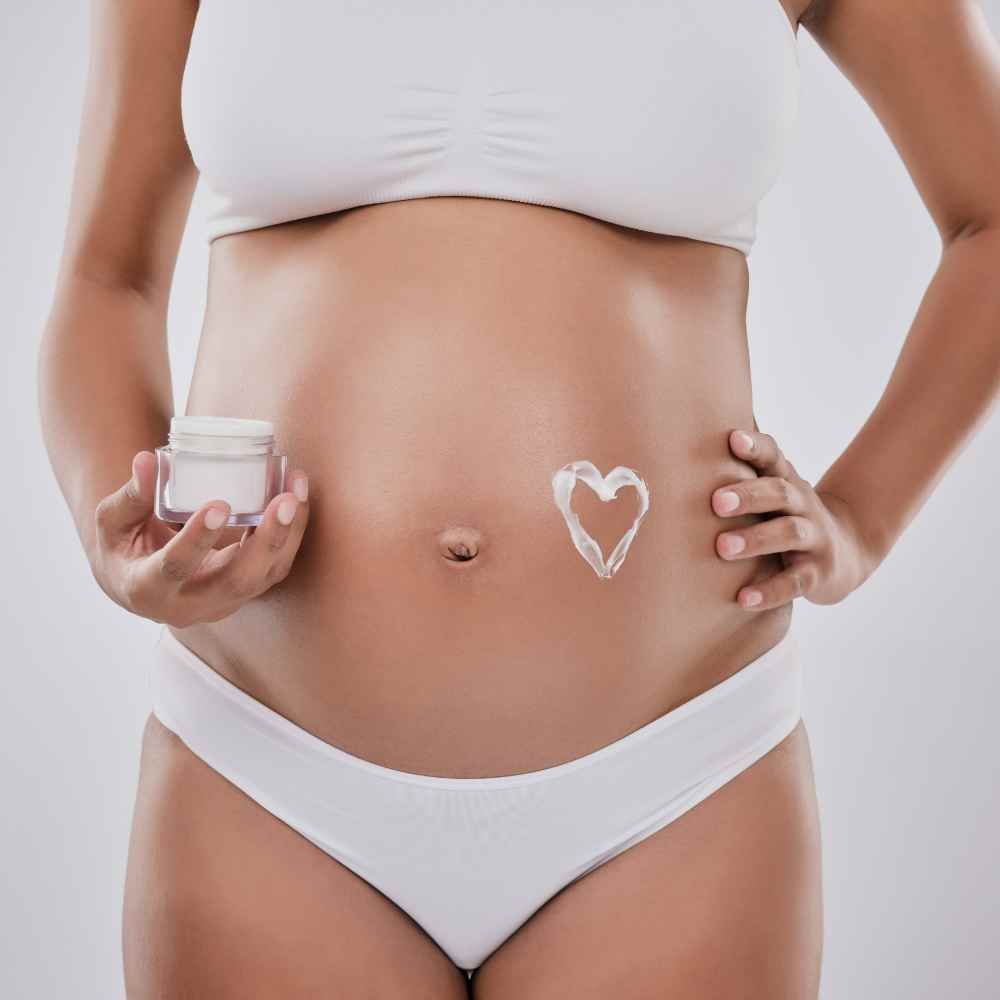
Keep your Skin Moisturized
One of the most effective ways to prevent stretch marks on your tummy and behind during pregnancy is to keep your skin well moisturized.
When your skin stretches rapidly, moisturizing helps to improve the elasticity of your skin, which can reduce the likelihood of stretch marks. This also can soothe the itching that often comes along with stretch marks.
You can use a good quality moisturizer, lotion or oil to keep your skin hydrated. Coconut oil, almond oil, and cocoa butter are all great natural options for keeping your skin moisturized.
Stay Hydrated
Staying hydrated is important not just for your overall health but also for your skin's elasticity.
When your body is dehydrated, your skin becomes dry and less elastic, making it more prone to stretch marks.
So, make sure you drink plenty of water and other fluids throughout the day to keep your skin healthy and supple.
Eat a Healthy Diet
Eating a healthy diet rich in vitamins and minerals is essential for maintaining skin health during pregnancy.
Vitamin E, vitamin C, and zinc are all important nutrients that can help to improve skin elasticity and reduce the chance to develop stretch marks.
Include plenty of fresh fruits and vegetables, lean proteins, and whole grains in your diet to ensure that your body is getting the nutrition it needs to stay healthy and strong.
Exercise Regularly
Regular exercise is not only good for your overall health but can also help to prevent stretch marks during pregnancy.
Exercise helps to improve circulation, which can improve skin elasticity and reduce the risk of stretch marks.
Additionally, regular exercise can help you maintain a healthy weight, which can also reduce the likelihood of developing stretch marks.
Avoid Rapid Weight Gain
Rapid weight gain is one of the main causes of stretch marks during pregnancy. To avoid rapid weight gain, try to maintain a healthy and balanced diet throughout your pregnancy.
It is important to gain weight gradually and steadily throughout your pregnancy, rather than all at once. This can help to reduce the strain on your skin and prevent stretch marks from forming.
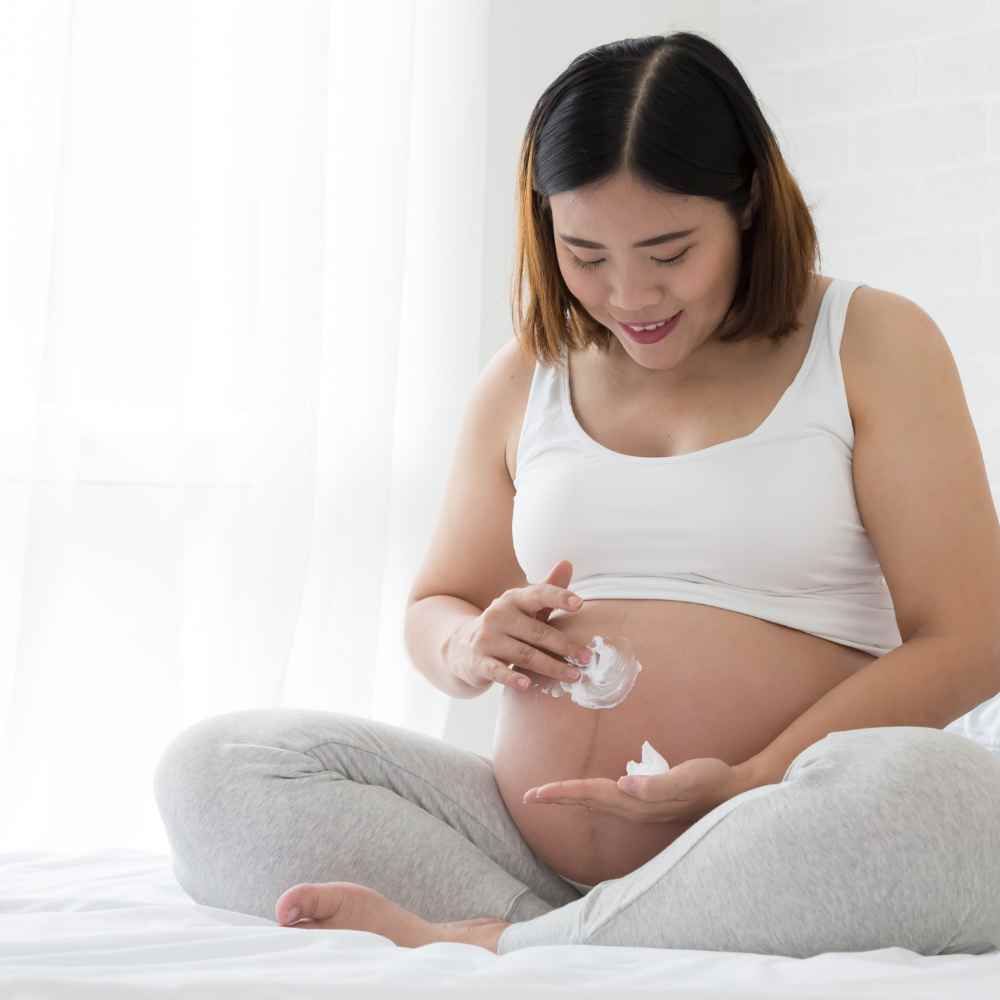
Use Sunscreen
Sun exposure can also contribute to the development of stretch marks. To protect your skin from the damaging effects of the sun, it is important to use sunscreen regularly.
Choose a sunscreen with a high SPF and apply it generously to your skin, especially if you are spending time outdoors.
Avoid Smoking & Alcohol
This might be an obvious one. Smoking and drinking can have a negative impact on your skin's health and elasticity, increasing the risk of stretch marks. If you smoke, now is the time to quit.
If you drink alcohol, it is important to do so in moderation or avoid it altogether during pregnancy.
Try Massage Therapy
Massaging your skin can help to improve circulation and promote skin elasticity, which can reduce the likelihood of stretch marks.
You can use a gentle massage oil or lotion to massage your skin, focusing on areas that are most prone to stretch marks, such as your belly, thighs, and breasts.
Choose the Right Clothing
Wearing tight clothing can put extra pressure on your skin, increasing the risk of stretch marks. To avoid this, choose loose-fitting clothing that allows your skin to breathe.
Additionally, choose fabrics that are soft and comfortable, such as cotton or bamboo.
Talk to Your Doctor
If you notice stretch marks or have a history of developing them, talk to your doctor.
They may be able to recommend additional measures you can take to prevent stretch marks or provide you with specific products that are safe to use during pregnancy.
Dr. Jocelyn Mendes, a dermatologist, suggests her favorite pregnancy belly products in this TikTok video:
@jocelynmendesmd There is no miracle product to prevent stretch marks as you’re growing a baby bump 🤰but there are a few options with supporting evidence! 🔎 #stretchmarks #stretchmarksolution #babybump #pregnancy #preventingstretchmarks #stretchmarkprevention #stretchmarkpregnancy #pregnancyskin #pregnancyskincare #pregnantskinissues #pregnantskincare #skincaretips #skincare101 #greenscreen
♬ You Only Love Me - Rita Ora
Healing Stretch Marks After Pregnancy
While stretch marks can't always be completely eliminated, there are treatments available that can help to reduce their appearance. Here are some common ways of treating stretch marks after pregnancy:
1. Topical creams and lotions: There are a variety of creams and lotions available that claim to reduce the appearance of stretch marks. These products typically contain ingredients such as retinol, vitamin C, and hyaluronic acid that help to stimulate collagen production and improve skin texture. However, it's important to note that not all of these products are backed by scientific evidence, and some may not be safe to use during breastfeeding.
2. Microdermabrasion: Microdermabrasion is a non-invasive treatment that uses a special device to exfoliate the top layer of skin, which can help to improve the appearance of stretch marks. This treatment is typically done in a dermatologist's office and can require several sessions for optimal results.
3. Chemical peels: Chemical peels involve applying a chemical solution to the skin, which causes the outer layer of skin to peel off. This can help to improve the appearance of stretch marks by stimulating collagen production and improving skin texture. However, chemical peels should only be done by a trained professional and may not be suitable for everyone.
4. Laser therapy: Laser therapy is a popular treatment for stretch marks that uses a laser to stimulate collagen production and improve skin texture. This treatment is typically done in a dermatologist's office and can require several sessions for optimal results.
5. Microneedling: Microneedling involves using a device with small needles to create tiny punctures in the skin, which stimulates collagen production and improves skin texture. This treatment can be done at home with a derma roller or in a dermatologist's office with a more advanced device.
It's important to note that not all of these treatments may be suitable for everyone, and some may not be safe to use during breastfeeding.
It's always best to consult with a dermatologist or healthcare provider before trying any new treatment for stretch marks.
A Beauty of a Bump
Remember, stretch marks are a common and natural part of pregnancy, and there is no guaranteed way to prevent them entirely.
However, by following these tips, you can reduce the likelihood of developing stretch marks while having healthy skin throughout your pregnancy.
Pregnancy is a wonderful time in a woman's life, but it can also be a challenging time for your skin.
By taking care of yourself, staying hydrated, and keeping your skin well-moisturized, you can try preventing stretch marks while keeping your skin looking its best.
Remember to talk to your doctor if you have any concerns, and enjoy this special time with your growing baby.



